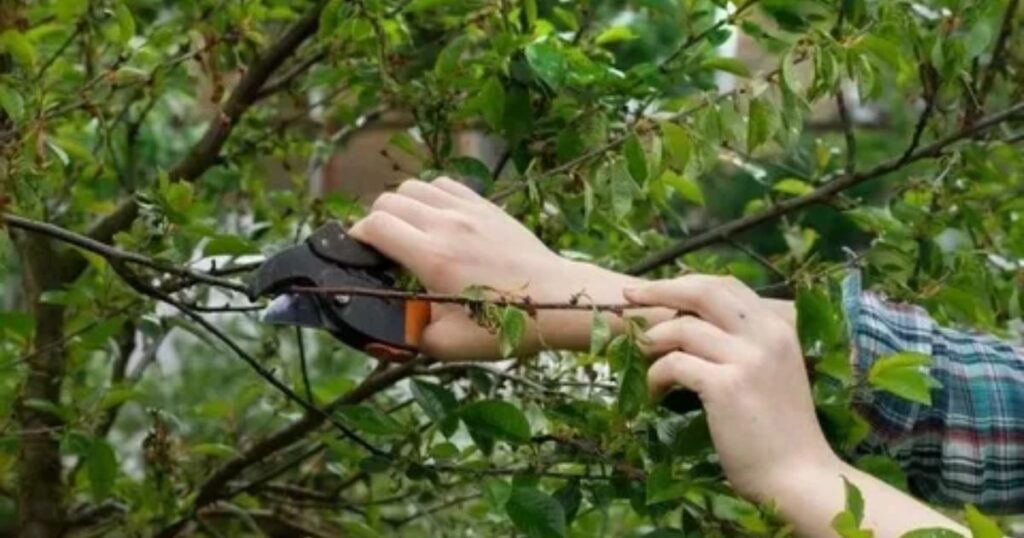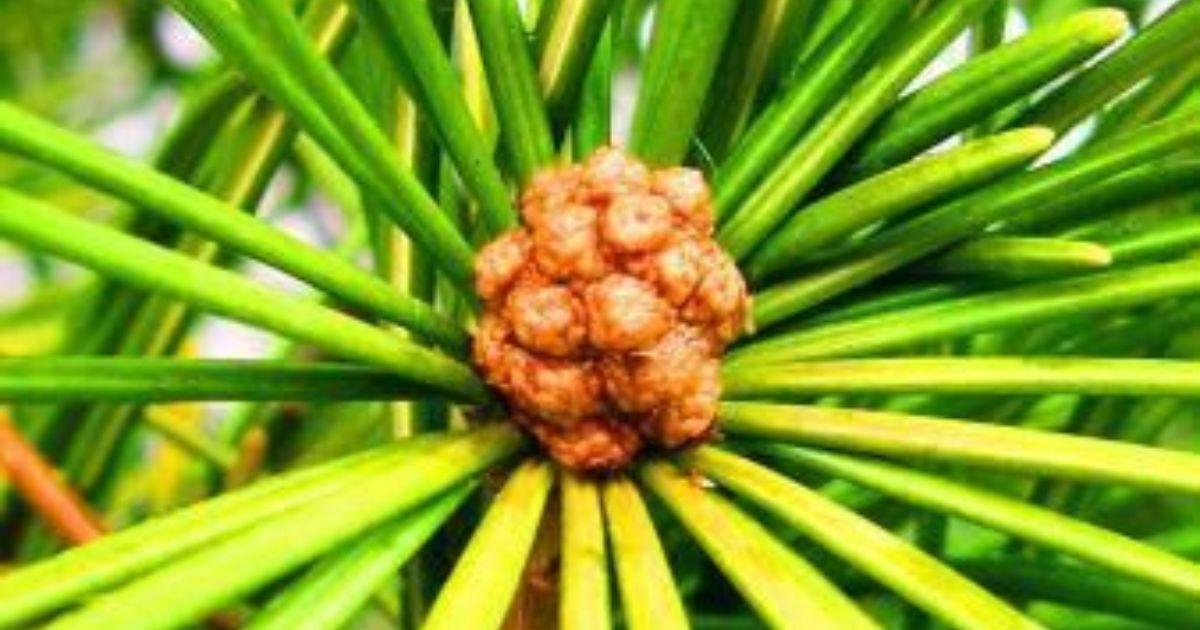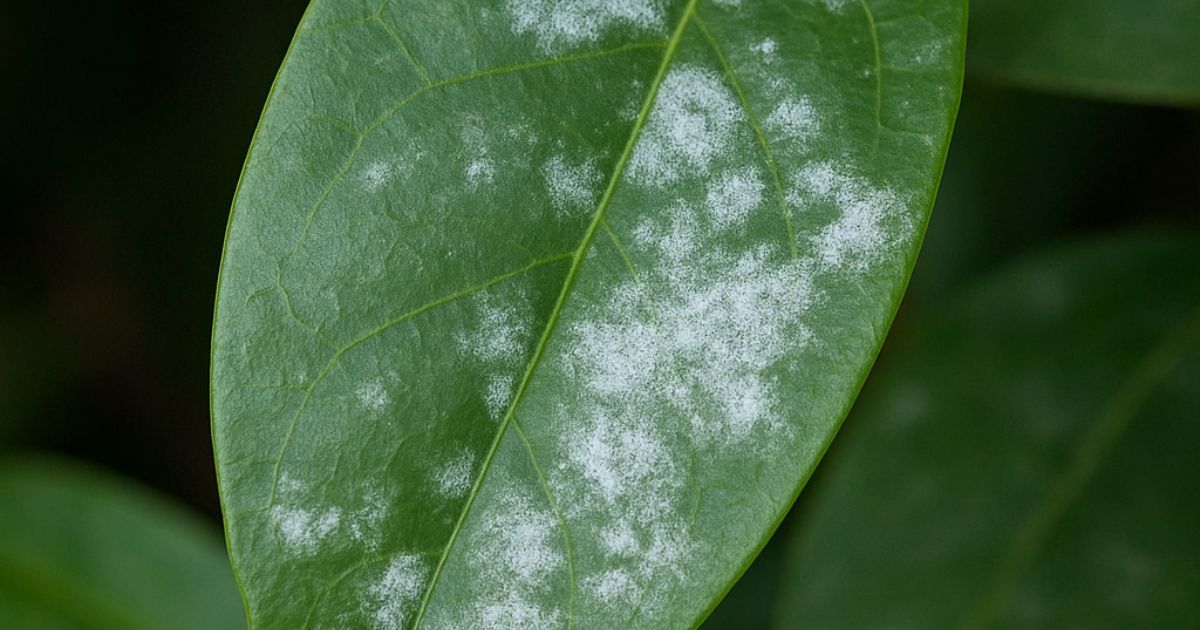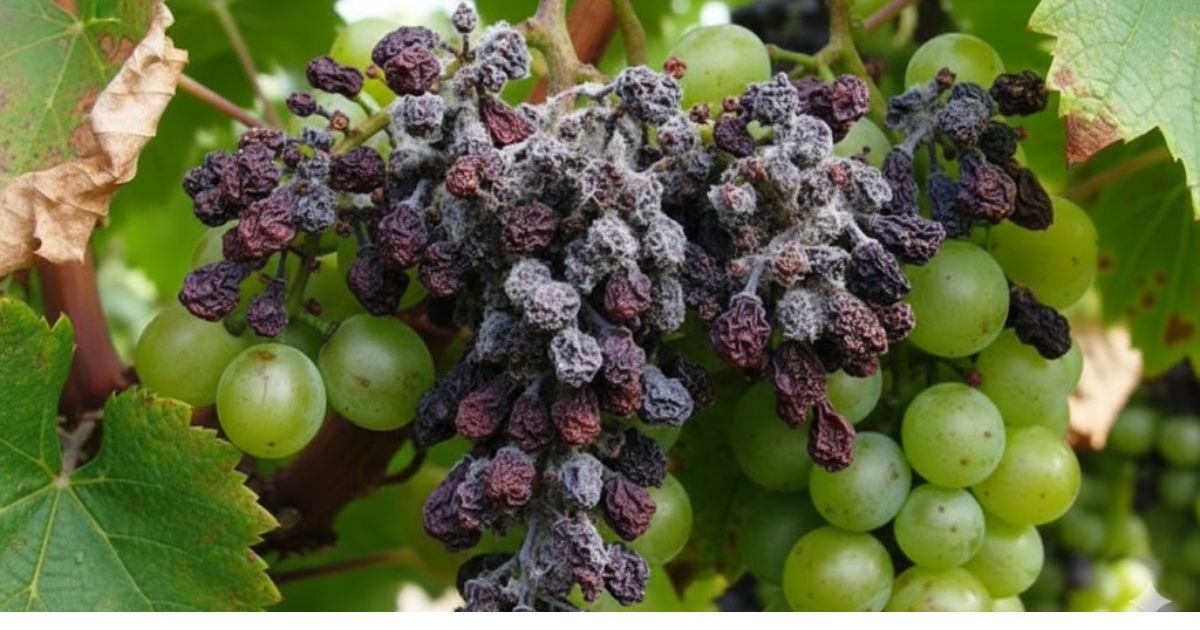Cherry trees are admired worldwide for their breathtaking blossoms and delicious fruit, making them a favorite among gardeners and homeowners alike. But behind every healthy, productive cherry tree is proper pruning. Cutting back a cherry tree isn’t just about shaping it; it’s an essential practice that keeps the tree strong, encourages better fruit production, and prevents disease.Without regular pruning, cherry trees can become overgrown, tangled, and more vulnerable to pests and fungal infections. Properly trimming your tree helps sunlight and air reach all parts of the canopy, allowing blossoms and fruits to thrive.
Whether you’re maintaining an old tree or caring for a young sapling, understanding when and how to prune a cherry tree can make all the difference in its growth and longevity.In this step-by-step guide, we’ll walk you through everything you need to know about cutting back a cherry tree, from the right time to prune and the tools you’ll need, to the exact techniques that keep your cherry tree healthy, balanced, and beautiful year after year.
Where Do Cherry Fruit Trees Grow
Cherry fruit trees thrive best in temperate regions that experience cool winters and mild, dry summers. They need a distinct period of winter chill to end dormancy and yield fruit and flowers in the spring. This makes them ideal for climates with four distinct seasons, where temperatures drop in winter but don’t reach extreme cold for long periods.In the United States, major cherry-growing regions include Washington, Oregon, California, and Michigan. These areas provide the perfect combination of fertile soil, moderate rainfall, and cool winters. How to Fix Cherry Tree Leaves Turning Brown Washington State alone produces more than half of the nation’s sweet cherries, thanks to its dry climate and long, sunny growing season.
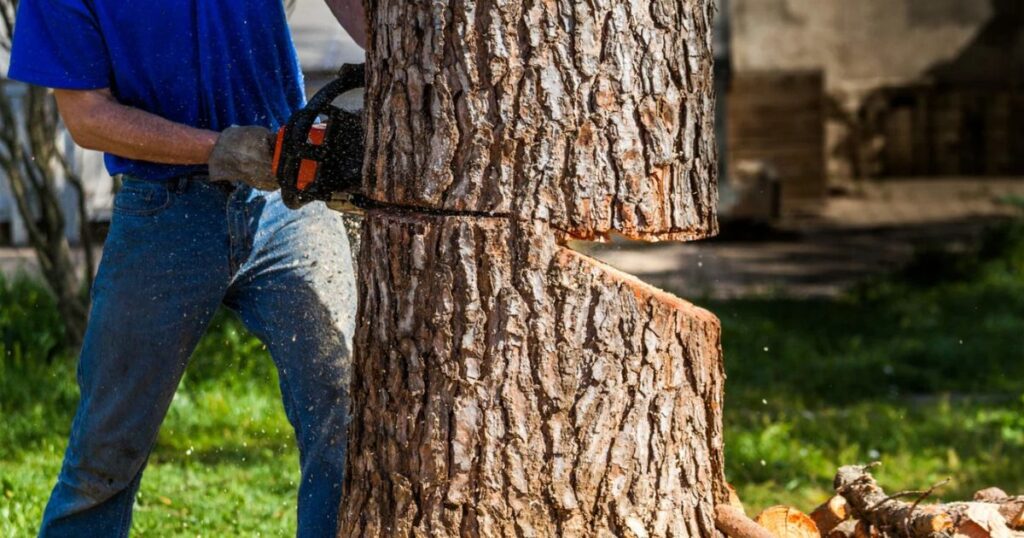
In Europe, cherries grow widely across Turkey, Spain, Italy, France, and Germany. Turkey is one of the world’s largest cherry producers, with ideal mountain conditions that provide both the cold winters and warm springs cherries need.In Asia, cherry fruit trees thrive in Japan, China, and South Korea, which are known not only for their fruit production but also for their stunning cherry blossoms.In Australia and New Zealand, cherries are grown in cooler southern regions such as Tasmania and Victoria.Cherries generally do not grow well in tropical or extremely hot climates, as they need at least 700–1,000 chill hours (temperatures below 7°C or 45°F) each winter. However, certain low-chill cherry varieties can grow in subtropical highland areas.In summary, cherry fruit trees grow best in temperate climates with cold winters, sunny springs, and well-drained soil conditions that encourage vibrant blossoms and bountiful harvests.
When to Prune a Cherry Tree
For your cherry tree to be healthy and productive, timing is essential. Stress might result from pruning at the incorrect time, disease, or poor fruit production, while pruning at the right time helps your tree heal quickly and encourages strong, healthy growth.
Here’s a breakdown of the best times to prune a cherry tree, depending on its age and purpose:
Early Spring to Late Winter (Before Bud Break)
Pruning cherry trees is best done in late winter or early spring, right before new growth starts.
At this stage, the tree is still dormant, which means sap flow is minimal, and pruning wounds heal more efficiently once growth resumes.
Benefits of winter or early-spring pruning:
- Reduces the risk of disease infection.
- Encourages vigorous new growth.
- Makes it easier to see the tree’s structure and identify problem branches.
However, avoid pruning during extreme cold, as freezing temperatures can damage exposed wood.
Mid to Late Summer
If you need to control size or remove a few branches for shape, summer pruning (right after harvest) works well.
By this time, the tree has already produced its fruit, and pruning helps maintain shape without stimulating excessive regrowth.
Benefits of summer pruning:
- Helps control the height and spread of mature trees.
- Reduces the number of water sprouts (weak vertical shoots).
- Allows you to remove diseased or damaged limbs you notice after fruiting.
Avoid Pruning in Autumn or Wet Conditions
Never prune a cherry tree in Autumn or during rainy, humid weather.
At these times, the tree’s natural healing process slows, The Best Places to Cut Your Own Christmas Tree in Oregon and moisture can invite fungal infections such as silver leaf disease.
Always choose a dry, sunny day for pruning to reduce the risk of infection.
In short:
- Best time to prune: Late winter to early spring (main pruning).
- Okay, time to prune lightly after the fruit harvest in summer.
- The worst time to prune is in Autumn or during wet weather.
By following this simple timing guide, you’ll give your cherry tree the best chance to stay healthy, heal quickly, and produce plenty of sweet, juicy fruit each year.
Best Time to Prune Cherry Trees
The best time to prune cherry occurs soon before the buds emerge, from late winter until early spring. At this stage, the tree is dormant, meaning sap flow is minimal, and pruning wounds can heal quickly as growth starts in spring. This timing encourages vigorous, healthy new shoots. This lowers the possibility that illness will infiltrate newly made wounds.For mature cherry trees, light pruning can also be done in mid to late summer, right after harvesting. Summer pruning helps maintain the tree’s shape, prevents it from becoming too tall, and removes any dead or damaged wood. How to Prune a Hydrangea in Spring for Healthy Growth However, avoid heavy pruning during this time, as it can stress the tree and reduce next year’s fruiting.
You should never prune cherry trees in Autumn or during wet conditions, as this can expose the tree to fungal infections such as silver leaf disease. Always choose a dry, mild day to prune, as it helps wounds heal faster and prevents moisture buildup.By pruning cherry trees at the right time of year, you’ll encourage balanced growth, improve air circulation, and ensure abundant fruit production season after season.
When to Cut a Cherry Tree
Knowing when to cut a cherry tree is just as important as knowing how. Look out for these signs:
- Dead or broken branches: These can harbor pests or disease.
- Crowded canopy: Too many crossing branches reduce air and light flow.
- Weak growth: Thin, spindly shoots indicate the tree needs rejuvenation.
- Reduced fruit yield: If the tree’s output is declining, strategic pruning can restore productivity.
Cutting back your cherry tree doesn’t mean hacking it down. How to Take Hydrangea Cuttings: A Step-by-Step Guide It means selectively removing problem branches while keeping the natural shape intact.
How to Grow a Cherry Tree
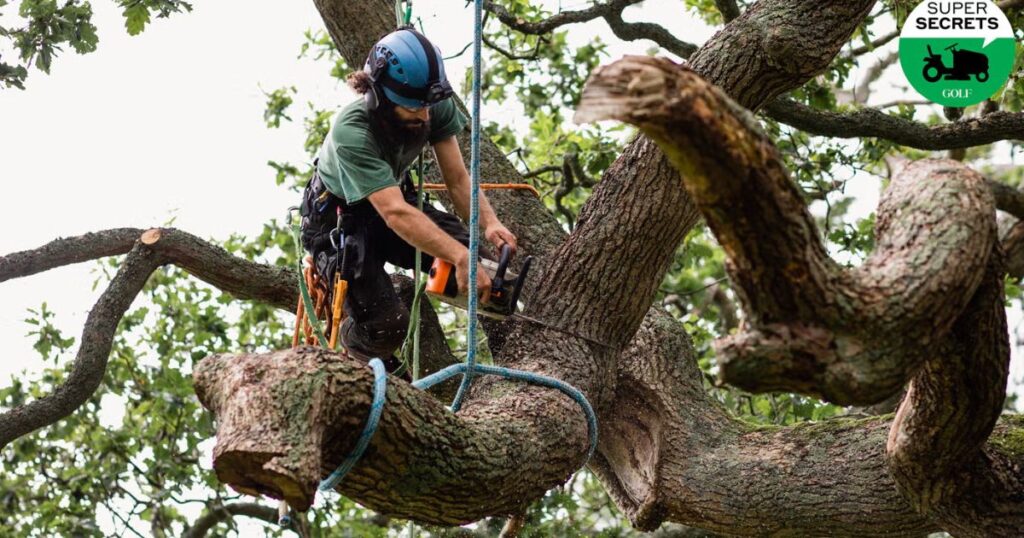
Growing a cherry tree requires patience, the correct location, and a little care. Here’s how to get started.
Choose the Right Type
Cherry trees come in two primary varieties:
- Prunes (Prunus avium): Best for eating fresh. Popular varieties include Bing and Rainier.
- Sour cherries (Prunus cerasus): Ideal for baking and preserves. Varieties include Montmorency and Morello.
Pick the Perfect Spot
Cherry trees love full sun at least 6–8 hours daily and well-drained soil. Avoid low spots where water can collect.
Feeding and Watering
Make sure the soil is consistently damp but not drenched. 9 Fruits and Vegetables That Help You Fall Asleep Faster Naturally To encourage fruiting and healthy development, use a balanced fertilizer in the spring.
Continuous Care
For shape maintenance, prune once a year.
- Mulch the base to keep moisture in and keep weeds out.
- Watch for pests like aphids, caterpillars, and birds.
Step-by-Step Guide to Cutting Back a Cherry Tree
Pruning a cherry tree is essential to maintain its shape, health, and fruit quality. Cutting back your tree correctly improves airflow, increases sunlight exposure, and prevents disease. To safely and successfully trim your cherry tree, follow this easy step-by-step tutorial.
Step 1: Inspect the Tree
Start by examining your tree for dead, diseased, or overcrowded branches. Look for limbs that cross or rub against each other; these restrict growth and invite pests.
Step 2: Remove Dead or Damaged Wood
Cut away any branches that are dead, broken, or showing signs of disease. Make cuts just above healthy wood, and always use clean, sharp tools to prevent infection.
Step 3: Thin the Canopy
Open up crowded areas by removing inward-growing or overlapping branches. A well-spaced canopy allows air and sunlight to access the tree’s interior, promoting the production of healthy fruit.
Step 4: Shape the Tree
Aim for a balanced, open shape, ideally like a vase. Keep three to five strong branches as the main structure, and trim back competing shoots to maintain symmetry and manage size.
Step 5: Make Clean Cuts
Cut at a 45° angle just above an outward-facing bud. This helps new growth spread outward, not inward. Never leave long stubs or jagged edges.
Step 6: Remove Water Sprouts and Suckers
These weak, fast-growing shoots sap energy from your tree. Remove them entirely at their base.
Step 7: Aftercare
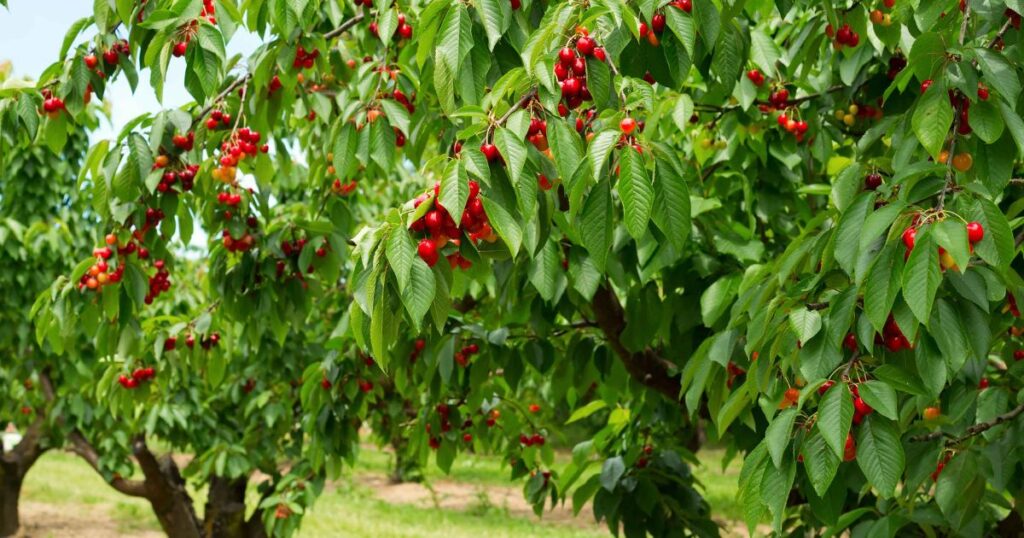
Once pruning is complete, water your tree well and cover the base with mulch to keep moisture in. Dispose of any diseased wood away from your garden.
By following these steps each year, you’ll keep your cherry tree healthy, beautifully shaped, and full of sweet, abundant fruit.
Conclusion
Pruning and growing cherry trees may sound complicated, but once you understand the rhythm of the seasons and the tree’s needs, it becomes a rewarding hobby.
Remember:
- The best time to prune a cherry tree is in late winter or early spring.
- Cut back carefully to improve air flow and fruit production.
- Grow cherries in regions with cool winters and mild, sunny summers.
Whether you’re maintaining an old tree or planting your first sapling, following these simple steps will help you enjoy healthy growth, beautiful blossoms, and a bounty of cherries for years to come.
FAQ
When should I not prune a cherry tree?
Avoid pruning during wet or humid weather. Silver leaf disease and other fungal infections are more likely to occur as a result.
Can cherry trees grow in tropical climates?
Cherries prefer temperate climates. Tropical regions are too warm for proper dormancy, though some low-chill varieties may survive in cooler mountain areas.
How long does it take a cherry tree to produce fruit?
Most cherry trees start producing fruit 3–5 years after planting, based on the growing circumstances and variety.
Do I need two cherry trees to get fruit?
Many sweet cherry varieties need cross-pollination from another cherry tree, while sour cherries are usually self-pollinating.
How tall do cherry trees grow?
Standard trees reach 20–30 feet, while dwarf varieties grow about 10–15 feet, making them perfect for small gardens.

